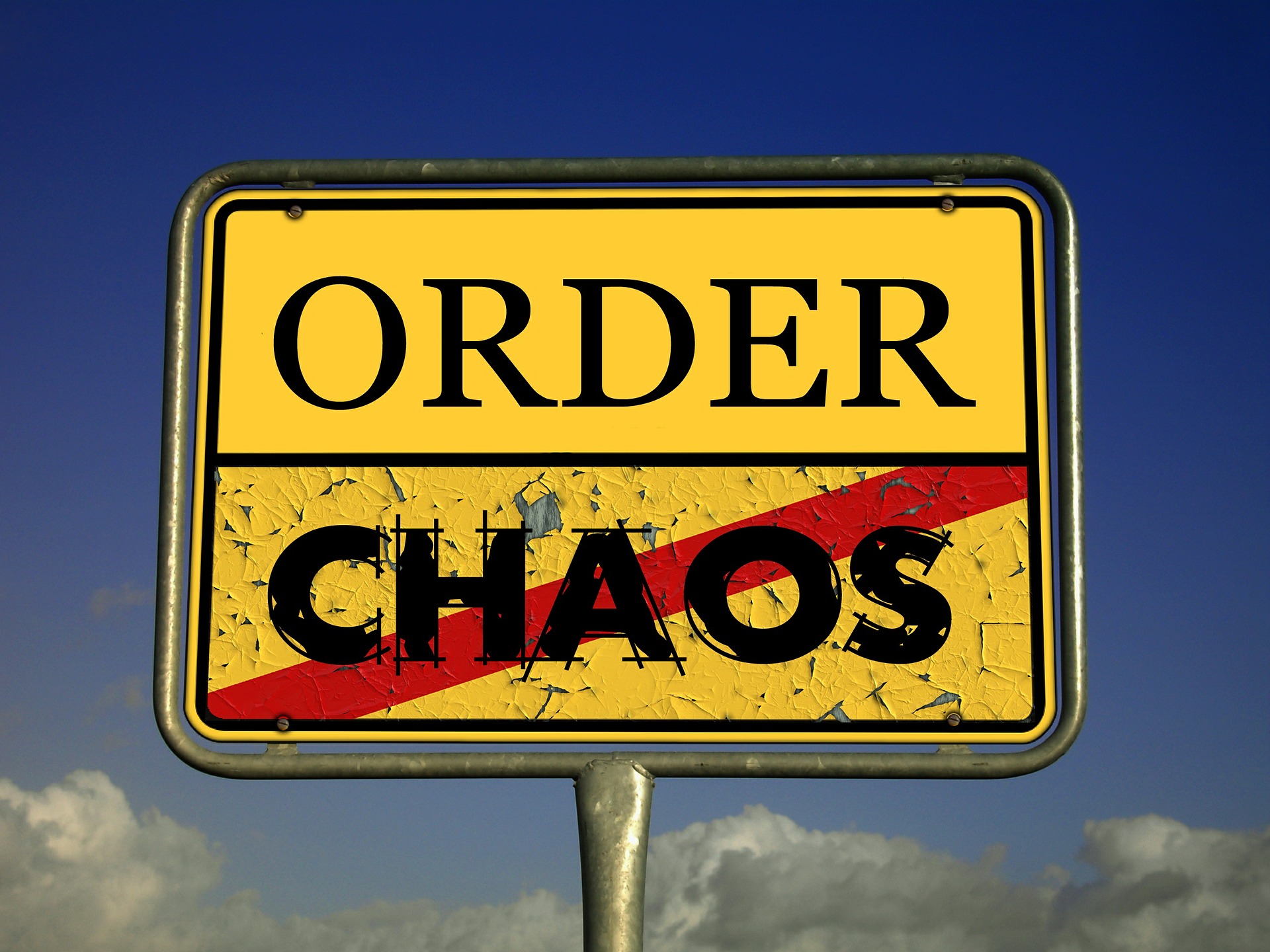I’m always in a state of de-cluttering. I cannot seem to go three months without purging a closet, a bedroom dresser, or a kitchen drawer…and I still have plenty of stuff I could get rid of.
We all enjoy having new things…even in today’s growing community of minimalism. People will always be consumers in today’s culture. However, some people are better at clearing space while others simply cannot let go. I could dive into the psychology of all that, but I’ll to stick with why de-cluttering is so essential. By removing excessive clutter, we not only free up space in our homes, but we also free up our time, money, and stress. Those three things alone are so critical to our well-being, yet we continue to consume and contain.
In my business, I help families with a range of services. I assist with large-scale projects like a full kitchen re-design, or help homeowners prepare their home for the market. Other times, I may be helping a family get the new nursery ready for baby, or helping them get the older kids toys under control.
“With action comes clarity”
No matter what the scale of the project is, step one is always de-cluttering. One simply cannot see their space clearly enough to see its potential, and with action comes clarity. When you’re ready for the new, you must clear out the old.
Here are four simple steps to make de-cluttering a habitual practice.
~ Commit to it. Ask a friend or family member to help you stay on track. A lot of times, those closet to us can actually hold us back. We want to make a change, but they act as pleasant as a plump just allowing things to stay the same. However, you’re not asking them to change their ways, you’re simply asking that they help you stay accountable. If you can’t find the help you need in your own home, ask a friend to go on the journey with you and make a challenge out of it. Commit to something small such as the kitchen pantry, a few closets, or your home office to get started.
~ Purge it. You must make more of a mess before you can make it beautiful again. Pull everything out of drawers, bins, and closets. Lay it out so you can see what is to be sold, donated, or trashed. For selling items, there are many options other than the annual neighborhood yard sale. Utilize Facebook and Craigslist, or other apps such as Let-go or Offer Up. Selling on these platforms takes a little effort and patience, but the pay-off can be worth it. Whatever you are unable to sell, donate it. A lot of people make the mistake of leaving items lay around for the possibility of it selling. Set a date…if it’s not sold by said date, LET IT GO!
~ Organize it. Now that you have some space cleared out, invest in simple organizational items to help you stay committed to your newly organized space. You can purchase items anywhere from the Container Store to the Dollar Store. However fancy you want to go is up to you. All you really need is some basic bins and baskets.
~ Schedule it. Now comes the disciplined part. You need to stay on top of your clutter to keep it organized. Schedule de-cluttering time to maintain all of your hard work. Ideally, shoot for quarterly de-cluttering. I suggest going through your house with the change of every season. Putting away Christmas decor? What can you purge? Spring cleaning? What needs to go? At the very least, purge every six months. If you haven’t used it, worn it, or loved it in the last six months, get rid of it. Six months is better than nothing, however annually or longer can become overwhelming and will set you up for failure. By making purge decisions routinely, it will become habitual and less stressful.
The last suggestion I’ll leave you with is to start paying more attention to the items you purchase. If you don’t love it or need it, really consider if it’s worth spending your money on before bringing it into your home. We all make impulse purchases, but if we can become more conscious consumers, we can eliminate clutter from entering our homes.
So, what’s your first de-cluttering project? I want to hear about it!
Originally published at jadescottdesign.com


